How to glue vinyl wallpaper?
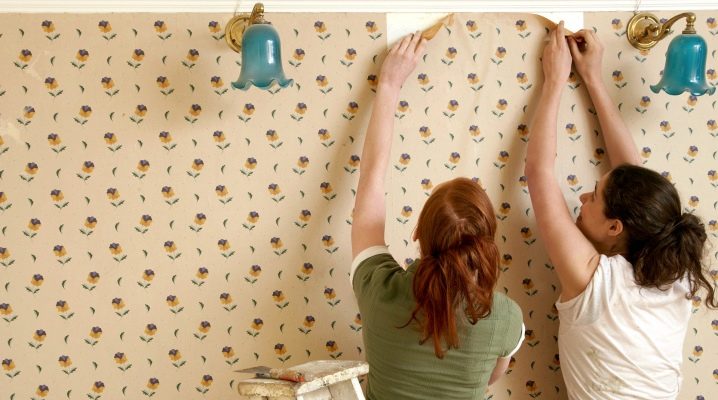
Vinyl wallpaper over the past decades continues to confidently conquer the market in Russia and around the world. They are practical, inexpensive and look very colorful.
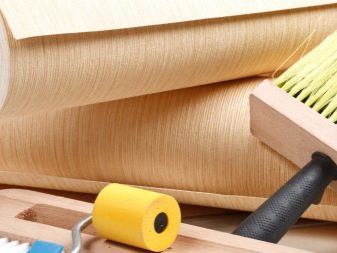
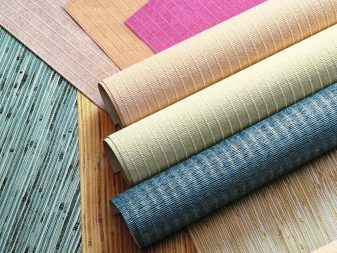
Types of vinyl wallpaper
There are several types of vinyl wallpaper. The method of their production is simple: a polyvinyl chloride coating is applied to a paper or non-woven base, then the fabric is processed in a high-temperature oven.
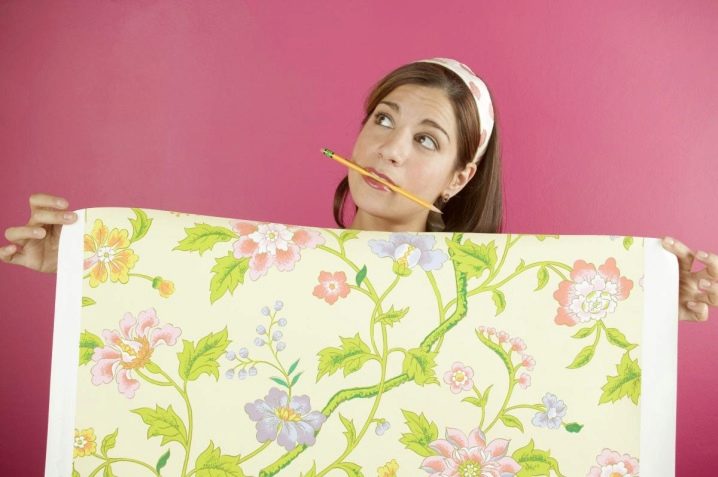
Silkscreen vinyl wallpaper is created using hot stamping. Light falling on such a surface is refracted at different angles, which causes an amazing effect.
Such wallpapers stand out for their rich assortment and variety of shades and textures, they are expensive.
The warranty is given for the product:
- With non-woven base up to 15 years;
- On a paper basis, the terms are twice as short.
The coating is not afraid of temperature extremes, wet cleaning with soap solution. Over the past decade, hot embossed vinyl wallpaper on paper and non-woven backing has been particularly popular on the market.
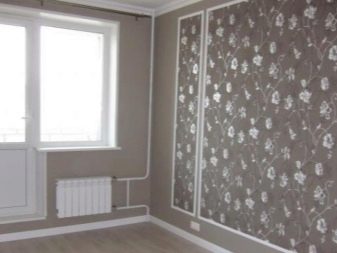
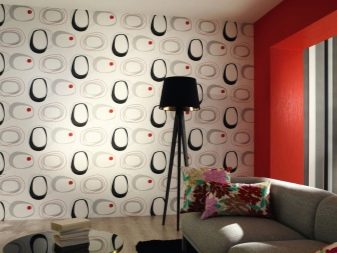
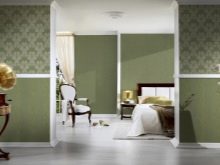
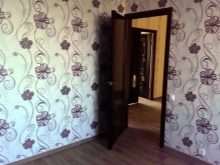
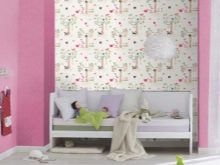
Reasons for increased demand:
- a large assortment;
- contrast and brilliance;
- strength;
- ease of installation.
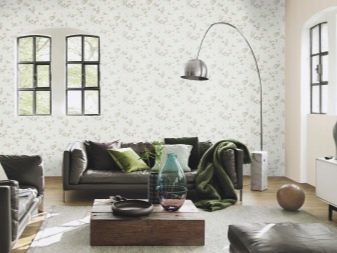
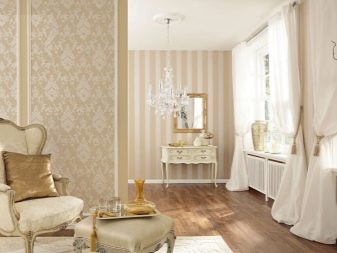
Vinyl wallpaper has a base made of paper or non-woven fabric.
The top layer is a vinyl covering, it varies in the following parameters:
- width;
- thickness;
- density.
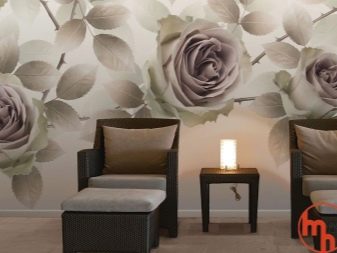
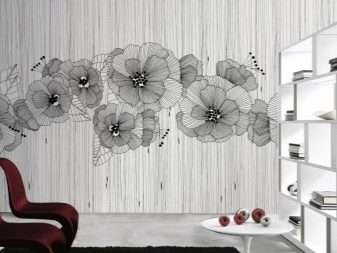
The reasons for its popularity all over the world:
- strength;
- good resistance;
- durability;
- low price;
- lack of toxins;
- easy to clean.
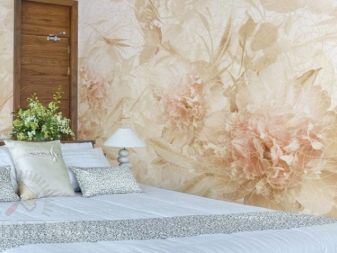
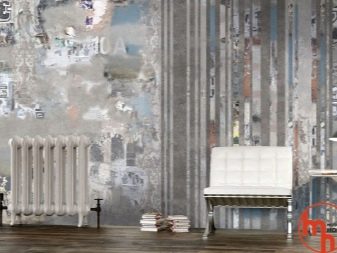
Silk-screen printing looks very advantageous in the bedroom or in the living room. With silk-screen printing, the top layer is reliably protected, so the original color remains for a long time.
Advantages and disadvantages of the coating
Wallpaper is made on the basis of paper or non-woven.
The advantage of this type of wallpaper is that the material:
- dense;
- has a wide variety of textures and colors;
- looks good;
- does not contain toxins;
- can successfully hide a variety of wall irregularities.



Before you start gluing vinyl wallpaper, it is recommended that you find out in detail what this material is.
Thanks to the PVC layer, the thermal conductivity is 0.15 W, which is close in characteristics to drywall. The minimum cost of such wallpaper starts at 420 rubles per square meter.
On a non-woven basis, the product costs more (25 percent)
Disadvantages of vinyl wallpaper:
- sealed, air does not pass through the surface;
- heavy in weight;
- do not glue in a room with high humidity, there is a danger of mold development under the covering.
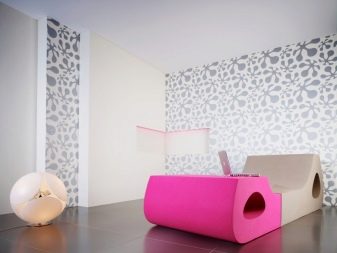

Dimensions and designations
The size of a roll of vinyl wallpaper is generally standard. The width is 1 meter, and the length is 10 m. But there are exceptions.
On branded products there is a label on the roll that carries information about the quality of the material. The output informs the roll width and length.
- A - acrylic paper-based;
- B - classic paper (duplex, simplex);
- BB - vinyl, foaming was used in the manufacture;
- PR - flat vinyl made using pressing;
- PB - embossed vinyl;
- TCS - there is a fabric at the base;
- STR - structural;
- STL - glass.
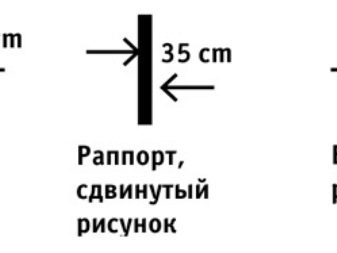
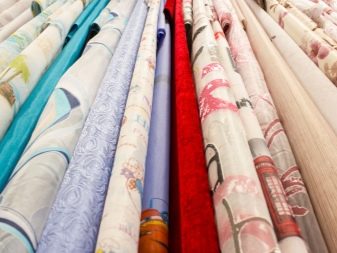
Symbols are often found behind letters. Each sign means one of the characteristics.
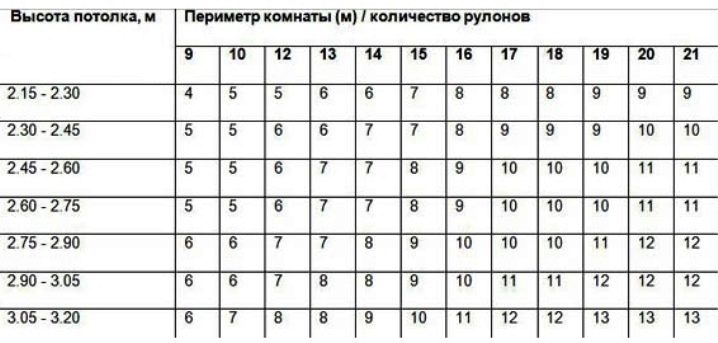
For example, the presence of wavy lines reveals the degree of moisture resistance of the wallpaper. If there is only one wavy line, then such a product is afraid of moisture, it can get wet only once.
Moisture resistant is the presence of three wavy lines.If there is an icon: the whole sun, then this means that the product is not super quality, it will fade quickly.
If there is a sign: a whole sun and a + sign, then they perfectly withstand ultraviolet radiation.
If two sun icons are on top of each other, then this means that the wallpaper is perfectly resistant to sunlight.

Vinyl - with high humidity in the room, they tend to stretch, therefore, before gluing vinyl wallpaper, you should prepare the surface of the walls.
If residues are present:
- lime;
- paints;
- concrete "blots";
- plaster,
then they must be removed.
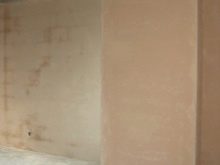
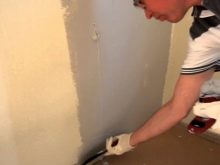
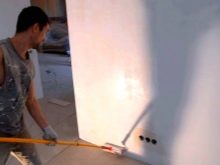
It is recommended to examine the top layer of the wall. For this, a wide scotch tape is taken, a piece of it is glued to the wall, torn off with a sharp movement.
Microparticles should not remain on the scotch tape, if they are still present, then it is safe to say that the previous plaster is in poor condition.
Before work, it is recommended to thoroughly prime the entire wall with a putty with bactericidal additives. This will be the best guarantee that in a couple of years the coating will not "bloom" and fungus or mold will not start under it. Before work, you should also check the plane of the wall, how much it is able to absorb moisture. At night, a cellophane film is attached to the wall with adhesive tape. After a day, it is removed, if there is condensation inside the film, then this indicates that the wall is not entirely safe.
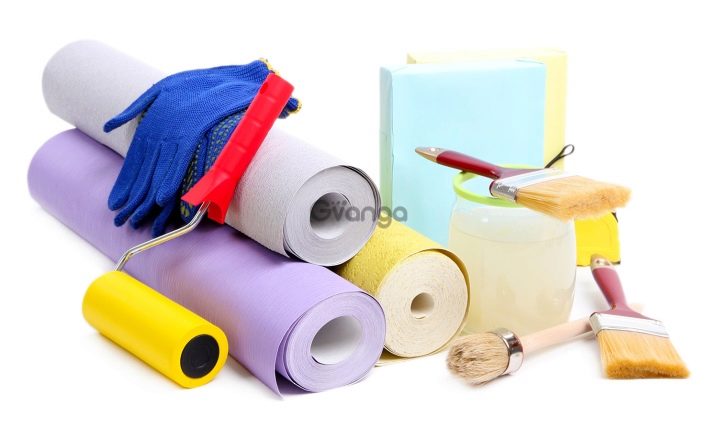
Surface preparation
The poor quality of wallpapering is due to the presence of micro-voids on the surface. If the wall is poorly prepared, then there will be more such cavities and in fact the sheet will only stick by half or thirty percent. Very often, the unevenness of the walls is the reason for poor-quality wallpapering. In order for the wallpaper to serve for a long time, the wall should be perfectly aligned.
In rooms where there is high humidity, there is a high probability of mold on the walls. Before gluing, the walls must be primed so that after a short time the fungus does not develop under the wallpaper.

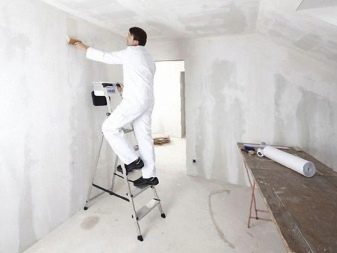
Wall preparation includes the following phases:
- cleaning walls;
- first priming;
- plastering;
- puttying;
- second priming.
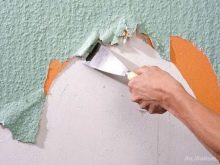
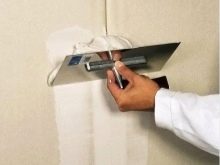
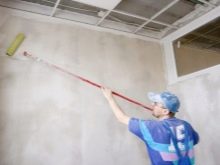
The surface should be especially thoroughly cleaned, it may be:
- lime;
- dye;
- old plaster;
- concrete walls.
The latter are easier to process, the most difficult are red brick walls
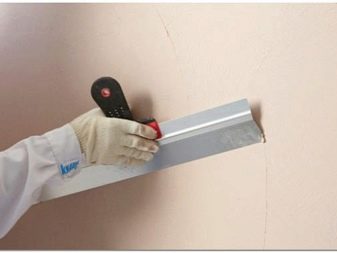
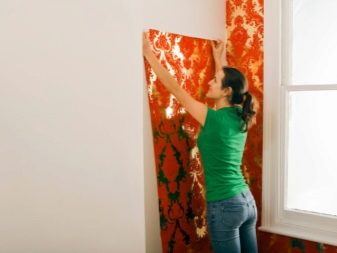
What kind of glue to use?
Wallpaper glue is divided into 3 groups.
- For paper wallpapers, processed starch with additives against fungus is produced:
- Quelyd;
- Metylan;
- Axton;
- Kleo.
- Special glue for wallpaper with a non-woven base, it contains antiseptic components.
- Universal glue - it can be used to glue any type of wallpaper.

Since vinyl wallpaper can have different bases, the adhesives are also different.
The paper base is more technological, it is easy to work with it and it is not difficult to pick up the glue.
The cheapest adhesive is a paste made from flour and starch. You can do it yourself.
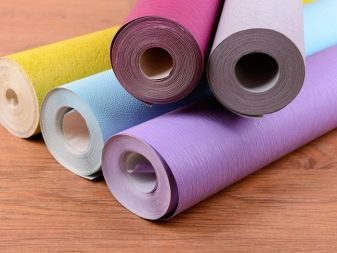
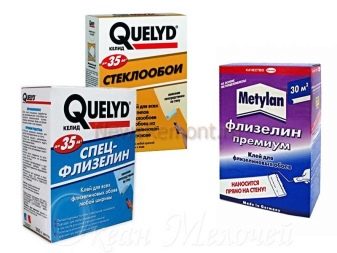
There must be a marking that this composition is suitable for use on a paper basis. It is better to glue wallpaper on a non-woven basis with the same non-woven glue and it is better to buy it from the same manufacturer that released the wallpaper itself.
If this option is not possible, then it is permissible to purchase:
- Methylane Flizelin Premium;
- Kleo Extra;
- Quelyd is a special non-woven fabric.
It is important to keep in mind that there are heavy and light canvases, respectively, and the glue can also differ in this parameter. It is recommended to carefully read the instructions, manufacturers always indicate: for which wallpaper this product is intended.

Technology and rules for gluing
The procedure for gluing is simple: the strips with the applied glue are firmly pressed against the plane of the wall, it is very important to prevent the appearance of bubbles and irregularities.
Vinyl wallpaper is glued using a special compound.Installation is done end-to-end, it is strictly forbidden to glue vinyl with an overlap, they are dense, the seams will be visible, which is unacceptable.
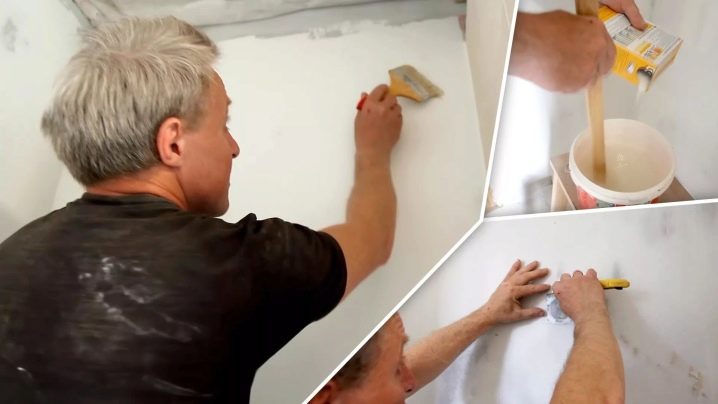
How do I get started?
The process must begin with the preparation of the workplace. It is impossible to put sheets on top of the old ones, you should thoroughly prepare the plane of the wall and only then start to smear.
An important detail: a lot depends on the room in which the wallpaper will be located. It is not recommended to use embossed wallpaper for the kitchen due to high humidity.
The texture actively accumulates microparticles and the sheets quickly fade.
For the kitchen, smooth wallpaper is best, which can be easily wiped off with a damp sponge.
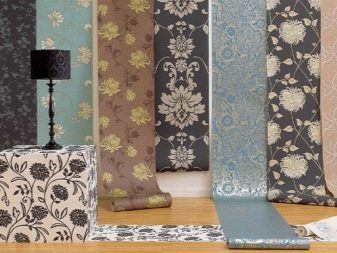

How to paste wide wallpapers?
Wide meter sheets are still a rarity, but this format, in fact, does not differ from the usual sizes. The plus is that the number of joints between sheets is noticeably reduced, it is easier to stick it, labor costs are noticeably less.
Foreign manufacturers offer formats for walls twice as wide as domestic ones.
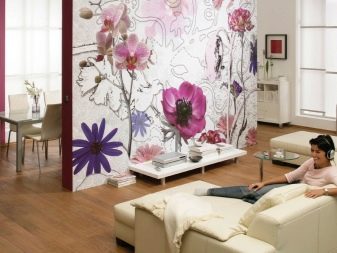
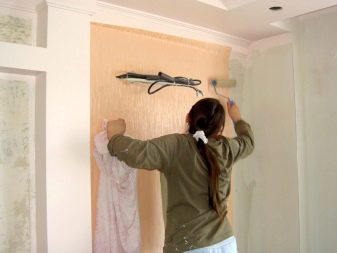
Advantages:
- the price is noticeably lower;
- less labor costs;
- easier to fit seams.
Disadvantages:
- there are difficulties in installation, especially for beginners;
- the smallest deformations of the wall can interfere with work.
If the room is of non-standard size, there are certain difficulties in fitting.
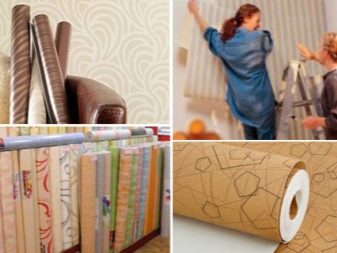

Pasting on corners
The two canvases should not be aligned together at the corners. An overlap sheet should be glued to the corner with an allowance of no more than five centimeters.
All joints are tightly pressed to the surface, only then can they be reliably glued.
Sticking yourself in the corner with an overlap is not very difficult even for wallpaper with a pattern:
- markup is applied;
- the vertical line is correctly applied, which is from the corner at the same distance as the width of the roll;
- glue is applied to the wall, and a layer of glue is also applied to the inside of the canvas of the same width;
- the canvas is glued;
- the second sheet is glued on top with an overlap.
After the second sheet has been glued, the surface should be carefully rolled with a rubber roller to avoid air pockets that can appear under the wallpaper.
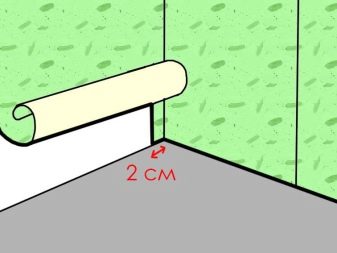
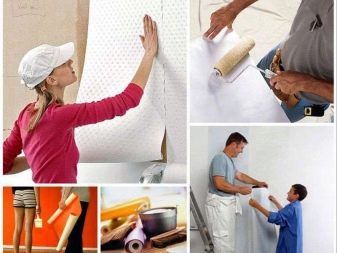
Be sure to follow the vertical line, there should be no distortions.
Butt or overlap?
Butt gluing with trimming and pattern selection is technologically simple: the method makes it possible to create a wallpaper joint in the corner almost invisible, but if wallpaper with large patterns, then this technology is not suitable.
In order to mount them with an overlap, you should use a special glue that will be applied to the very edges of the canvas. The first sheet is processed, the canvas is mounted with an overlap of up to 2 centimeters.
Wallpapering begins necessarily from the corner. Beforehand, you should make detailed markup: how the sheet will "lie". On the wall at the top of the corner, an indent of no more than two centimeters is made behind the width of the wallpaper and then a mark is placed. Then the level is lowered and a vertical line is drawn. It will be a kind of beacon along which the sheets will be aligned during operation.
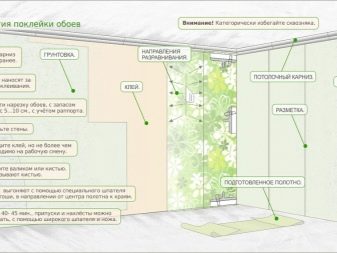

-How to glue the seams?
When working, special attention should be paid to the joints. They must be well processed: it is unacceptable for air to penetrate under the surface, otherwise after a short time "bubbles" will form in these areas and they will lag behind the wall.
When installing wallpaper with your own hands, you definitely need a companion and a high stepladder. The partner will:
- submit sheets;
- support canvases;
- press the canvases with a brush.
So that no air remains under the wallpaper, press them against the wall during installation from the center to the edge. Uneven remnants of wallpaper at the bottom are carefully removed using a special construction knife.
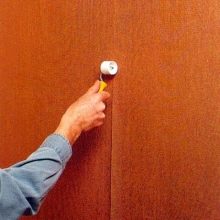
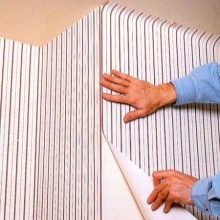
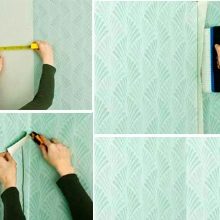
Covering the ceiling
Before gluing wallpaper to the ceiling, you need to examine its surface.
It is necessary to embroider and putty again:
- cracks;
- chips;
- irregularities.
All ceiling defects will have to be leveled so that the angle with the walls and ceiling is exactly ninety degrees.After the work is completed, it will be necessary to prime the plane with a special primer, which penetrates deep into the surface.
If there is a large percentage of moisture in the room, then one more priming with a special compound will be necessary, which eliminates mold and mildew.
On the ceiling, markings are made for the width of the sheet and glue is applied, the surface of the wallpaper is neatly leveled with a roller.
After the sheets are glued, you should wait a couple of days and therefore glue the skirting boards and borders
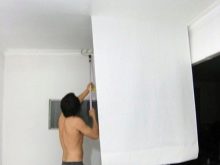
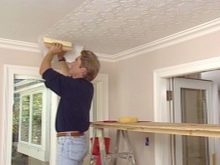
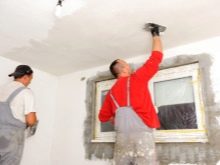
How long should it dry after pasting?
Manufacturers claim that non-woven vinyl products dry for two days, ideal conditions are mentioned here by default:
- temperature from 10 to 25 degrees;
- humidity does not exceed 55%.
In order not to risk it, it is better to wait another three days. That is, to dry the walls should be laid from 5 to 7 days. It is better to withstand this period, because this will be a guarantee that the sheets will last for a long time and will not come off.
If such deadlines are observed, it should be borne in mind that the wallpaper should dry for 4 days without any air exchange, then another 2-3 days will be required for the excess moisture to disappear.
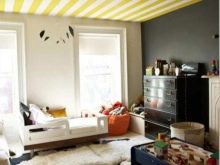
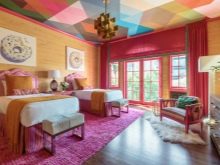
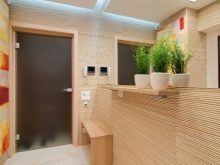
If bubbles form
The reasons for the appearance of bubbles on the wallpaper:
- the wallpaper was glued incorrectly, there were “bags” of air under the surface;
- the walls on which the wallpaper was installed were not properly prepared.
You can remove bubbles using simple tools. This is done like this:
- syringe;
- sharp knife.
PVA glue is pumped into a syringe, a small incision is made with a sharp knife on the problem area of the wallpaper. The air escapes, the resulting cavity is filled with glue in small portions. Then the area is carefully leveled with a roller.
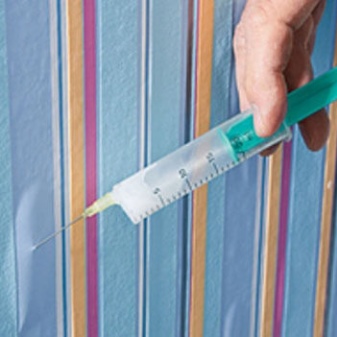
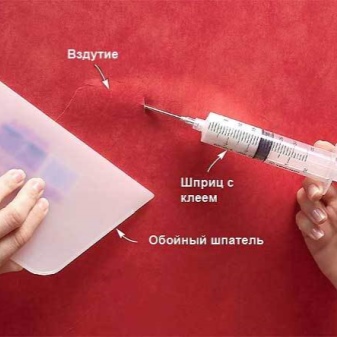
Beautiful examples in the interior
One of the latest trends in interior decoration: the use of different colors on the walls. The alternation of different colors creates a festive atmosphere, adds a piquant variety. Often, such techniques make it possible to hide wall defects. Often, an alternation of patterns and colors is created.
With this combination, a number of rules are required:
- The ceiling should be high, then you can choose a large pattern and light colors. If the ceilings are low, then the light background of the wallpaper will visually increase the size of the room.
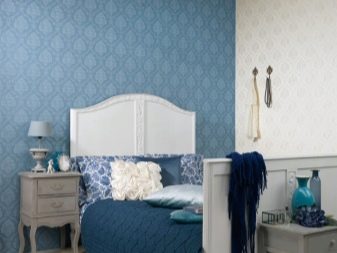
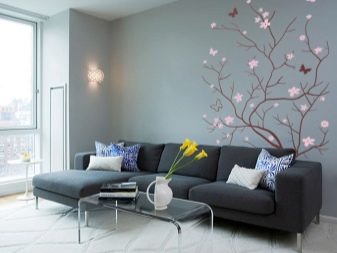
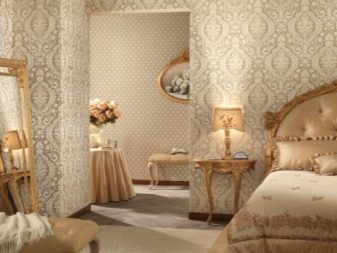

- For rooms where ceilings exceed 3.2 meters, a larger pattern should be used, which stretches noticeably in width. It is also permissible to differentiate between different colors and shades on different walls. Horizontal stripes "lower" the ceilings and make the room much wider.
- Different colors of the wallpaper are used to emphasize the division of the space. In the bathrooms and bathrooms, it makes sense to mount light wallpaper, which will "move" the room and at the same time create a peaceful mood.
- A similar principle can be applied in a children's room: different colors of wallpaper can emphasize a place for playing, sleeping and watching cartoons.
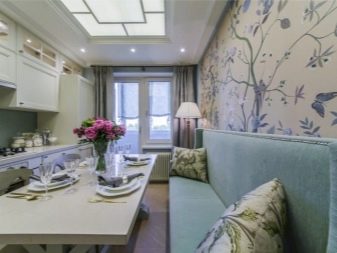
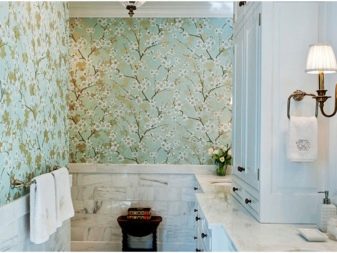
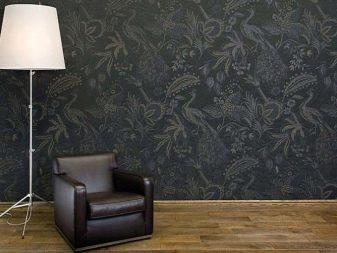

How to glue vinyl wallpaper? Economical and fast! Watch the video.













The comment was sent successfully.